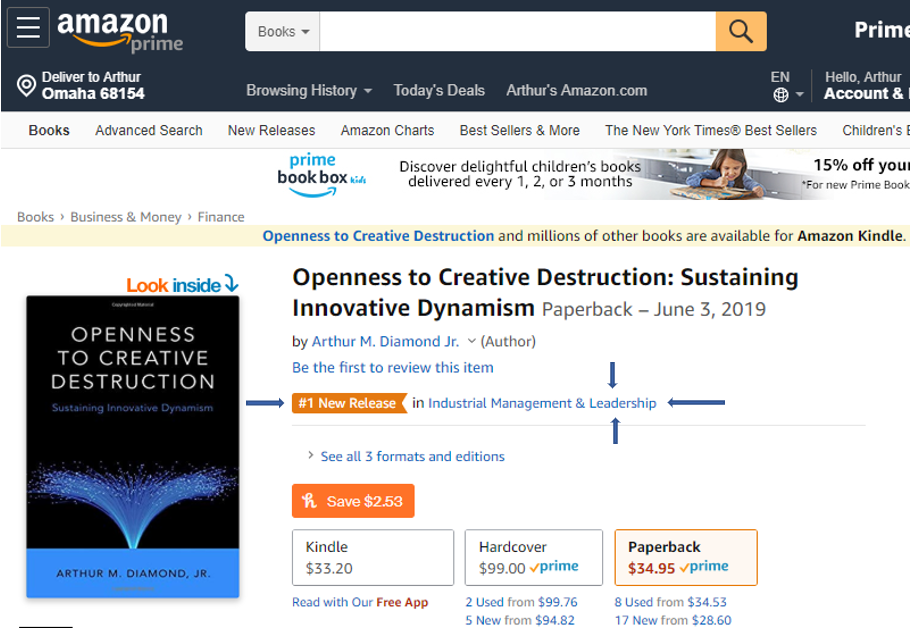(p. A13) Charles Stewart Mott never had his name on an American automobile, but he was on intimate terms with most of the men who did (he was godfather to Walter Chrysler’s daughters). He was also crucial to the rise and success of General Motors.
. . .
By the time Mott, a graduate of Stevens Institute of Technology in Hoboken, had returned from the Spanish-American War, his uncle Fred had added Weston-Mott, a company that manufactured wire bicycle wheels, to the family’s cider and vinegar operations. Charles went to work at Weston-Mott, soon becoming superintendent, just as the bicycle business entered into a sudden eclipse; the automobile had begun its imperial progress. Happily for Weston-Mott, most early cars ran on wire wheels, which Charles Mott supplied—$200,000 worth in 1903—many of them to the Buick Motor Co. of Flint, Mich.
At that time, Buick was in the hands of William Durant, the future founder of General Motors. Cars were being assembled piecemeal, with parts delivered from many far-flung suppliers. Durant didn’t like that, so he asked Mott to move his wheel-building operation to Flint from Utica, N.Y. According to Alfred P. Sloan, who in 1923 became president of GM and whose fortunes would be tied with Mott’s for six decades, the move marked “the first step in the integration of the automobile industry.”
The years to come would see struggles for control of the ever-growing GM, a complex and tangy story that Mr. Renehan recounts with verve and lucidity. “I like to work with Mott,” Sloan wrote of his most valuable lieutenant in his 1941 memoir. “His training had made him methodical. When he was confronted by a problem, he tacked it as I did my own, with engineering care to get the facts. Neither of us ever took any pride in hunches. We left all the glory of that kind of thinking to such men as liked to be labeled ‘genius’ ”—by which Sloan meant Durant.
For the full review, see:
Richard Snow. “BOOKSHELF; Company Man.” The Wall Street Journal (Friday, Sept. 6, 2019): A13.
(Note: ellipsis added.)
(Note: the online version of the review has the date Sept. 5, 2019, and has the title “BOOKSHELF; ‘The Life of Charles Stewart Mott’ Review: Company Man.”)
The book under review is:
Renehan, Edward J., Jr. The Life of Charles Stewart Mott: Industrialist, Philanthropist, Mr. Flint. Ann Arbor, MI: University of Michigan, 2019.


